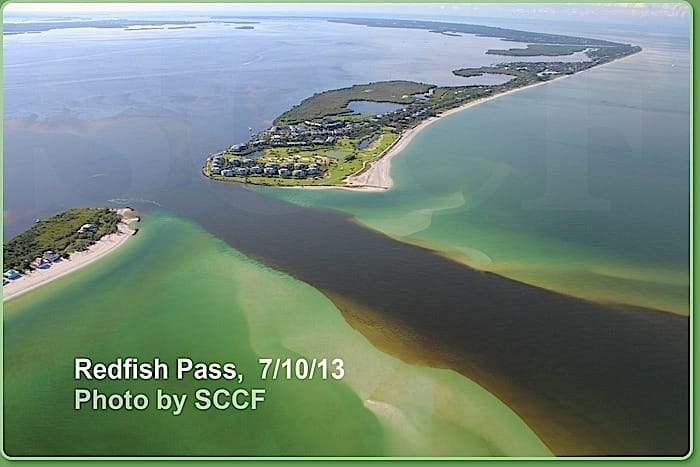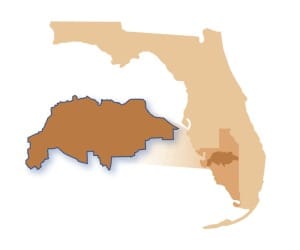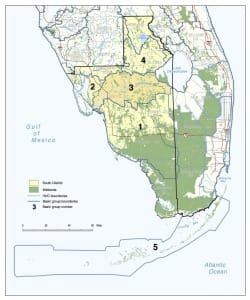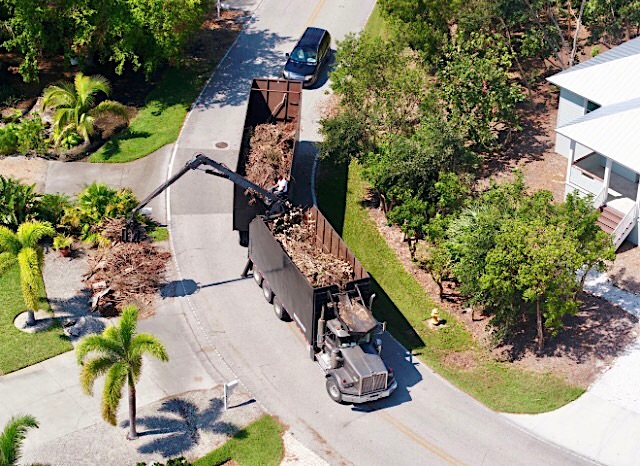Lee County Mayors Layout Near-term & Long-term Caloosahatchee Watershed Plan.
Lee County Mayors will meet in Sanibel tomorrow to discuss Caloosahatchee Watershed Regional Water Management Issues.
PLEASE NOTE RESCHEDULED DATE: Mayors Meeting will now be held at 9 am, Friday, February 26, 2015, Sanibel City Hall, 800 Dunlop Road, Sanibel, Florida.
The City Of Sanibel issued the following news release in which the Lee County Mayors propose a near-term and long-term Caloosahatchee Watershed plan.
“The Caloosahatchee Watershed Regional Water Management Issues white paper detailed the devastation of Lee County’s coastal communities by the freshwater discharges from Lake Okeechobee and the Caloosahatchee watershed during the summer of 2013. For more than four months a dark colored freshwater plume blanketed Lee County’s beaches.
With a strong El Nino dropping record rainfall on south Florida in 2016, we are poised to experience this devastation all over again. This time, the worst impacts will occur at the height of our tourist season and the height of our estuary spawning season, devastating both our economy and ecology.
These discharges continue to occur as a direct result of inadequate water storage within the Kissimmee, Lake Okeechobee, and Caloosahatchee watersheds and the inability to convey water south into Everglades National Park and Florida Bay.
What are the options for relief NOW?
- Initiate discharges from Lake Okeechobee to the 700,000 acres of agricultural lands south of the Lake and to all other public and private lands in the C&SF system.
- Identify and utilize emergency storage on all public lands within the Kissimmee, Lake Okeechobee, St. Lucie and Caloosahatchee basins.
- Maximize storage within the Kissimmee Chain of Lakes and provide adaptive flexibility for water level management in the regulation schedules to allow more water storage.
- Seek emergency temporary deviations from federal and state water quality criteria and restrictions that limit discharges south into Everglades National Park during extreme wet conditions and events.
What are the options for long-term relief?
The Caloosahatchee Watershed Regional Water Management Issues white paper lays out a comprehensive strategy for addressing the Caloosahatchee water resource issues and the specific projects and policy changes needed to address the problem. There is no “silver bullet” to fix this system; however, solutions for the Caloosahatchee must include projects that move water south and projects that address water storage and treatment within the Caloosahatchee basin. The top priorities are:
-
Move Water South
Central Everglades Planning Project (CEPP)
Obtain federal authorization and funding (WRDA 2016) for the Central Everglades Planning Project (CEPP). This project will move approximately 210,000 acre-feet of water south of Lake Okeechobee and will address some of the damaging flows to the St. Lucie and Caloosahatchee estuaries by creating the infrastructure to move water south.
EAA (Everglades Agricultural Area) Reservoir
Request that the Corps and the SFWMD reexamine implementation of the EAA (Everglades Agricultural Area) Reservoir, proceed with design, and obtain lands needed for implementation. This project would increase water storage within the system by approximately 360,000 acre-feet, providing ~20-25% of the total storage needed south of Lake Okeechobee (1.3 million acre-feet).
Land Acquisition
Acquisition of lands south of the lake is necessary for the EAA Reservoir and other projects necessary to provide the needed storage. We urge the SFWMD to work with the state legislature to support the Legacy Florida bill HB 989/SB 1168 and use Amendment 1 funding to build the storage needed south of the lake and in our watershed.
2. Caloosahatchee Watershed Storage Projects
In 2005, the SFWMD Executive Director promised to provide the needed 450,000 acre-feet of storage for the Caloosahatchee. Eleven years later, only one project is underway (still 4 years from completion) that will provide only ~38% of the needed storage. The SFWMD must honor their commitment to provide the remaining storage by designing and funding projects to achieve this need.”














